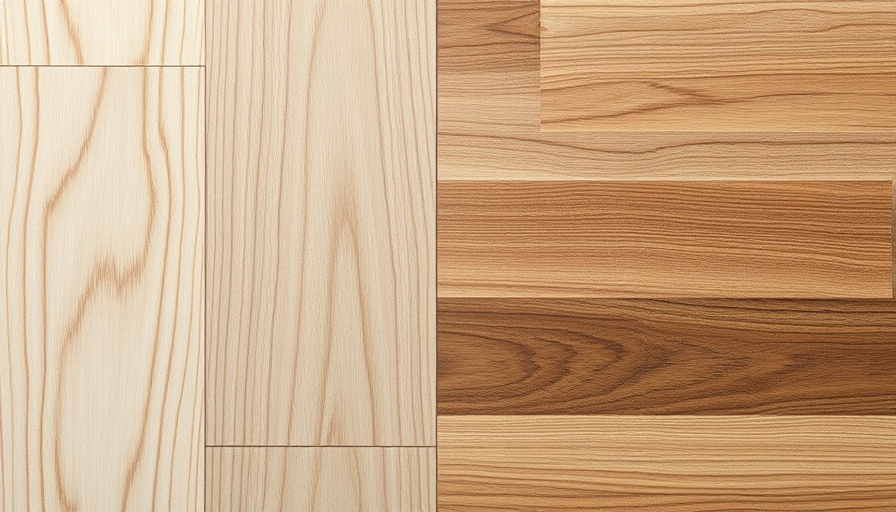
SPC vs WPC Flooring: Which Is Right for Your Home?
Upgrading your flooring can feel like a daunting task with all the options on the market—especially when you consider two prime contenders: SPC (Stone Plastic Composite) and WPC (Wood Plastic Composite) flooring. Both styles are well-known for their durability and water resistance, making them favorites among homeowners looking to improve their living spaces. In this article, we’ll dive deep into their differences, including composition, comfort, cost, and other key factors to help you make the best choice for your home.
Understanding the Core Differences
At their core, SPC and WPC flooring are both designed to withstand moisture and wear, but they differ significantly in structure. SPC features a solid rigid core made from stone powder, recycled PVC, and stabilizer, which offers an impressive level of durability. WPC, on the other hand, has a core composed of a blend of wood flour and PVC, yielding a softer, more comfortable underfoot experience.
Explore the Layers of Each Option
Both SPC and WPC flooring consist of multiple layers, ensuring they meet aesthetic and functionality desires:
-
SPC Flooring includes:
- Backing Layer: The foundation layer provides stability and often includes an underlayment for extra comfort.
- SPC Core: It is reliable and water-resistant, offering superior durability without expanding in wet conditions.
- Printed Vinyl Layer: This layer gives the visual appeal of wood or stone.
- Wear Layer: The top layer protects against scratches and day-to-day wear, and a thicker wear layer means extra protection.
-
WPC Flooring comprises:
- Backing Layer: Also a sturdy base, often equipped with an underlayment for enhanced comfort underfoot.
- WPC Core: Contains wood plastic composite, making it flexible and more comfortable for walking.
- Printed Vinyl Layer: Mimics hardwood floors, providing a stylish look.
- Wear Layer: Similar to SPC, a thick wear layer helps in resisting scratches and damage over time.
Comparing Costs: Worth the Investment?
Cost is a significant factor when choosing between SPC and WPC. Generally, SPC flooring tends to be more affordable than WPC, making it a favored choice for budget-conscious homeowners. While WPC offers numerous benefits, its higher price may come with added features, such as sound absorption and a softer feel, that some may find worthwhile.
Comfort Underfoot: Making the Right Choice
SPC flooring is known for its robust construction, which provides long-lasting performance. However, its rigid nature can sometimes feel cold and hard, particularly in colder climates. WPC, conversely, offers more flex and warmth underfoot, making it a cozy choice for homes where comfort is a priority, especially in winter.
Best Applications: Where to Use Each Type
SPC floors are well-suited for high-traffic areas, kitchens, and even bathrooms due to their exceptional moisture resistance. WPC is ideal for living rooms, bedrooms, or areas where comfort is desired, though it can also perform well in moisture-prone areas, thanks to its water-resistant core.
Long-Term Durability: Which Lasts Longer?
When it comes to durability, SPC flooring has the edge due to its superior rigid core, which is resistant to dents and scratches. It’s an excellent choice for homes with pets or kids where wear and tear is more pronounced. WPC is durable but is generally more prone to damage from heavy impacts since it is softer than SPC.
Conclusion: Choosing Your Flooring Wisely
Deciding between SPC and WPC flooring ultimately comes down to your specific needs and lifestyle. If you prioritize durability and affordability, SPC may be the right choice. However, if warmth and comfort are more significant in your home environment, WPC could be the way to go. By understanding the strengths and weaknesses of each type, you can make an informed decision that suits your home perfectly.
Ready to revamp your space? Explore flooring options and find the perfect fit for your home today!
 Add Row
Add Row  Add
Add 




Write A Comment